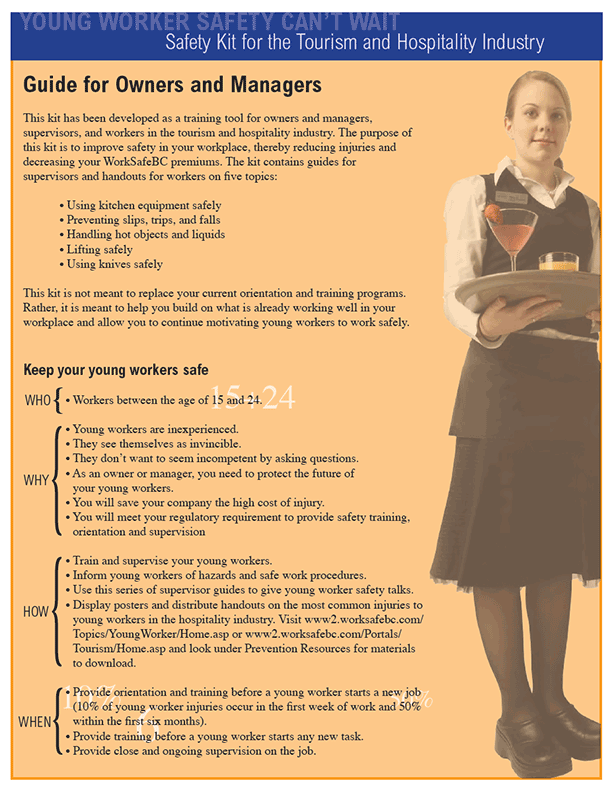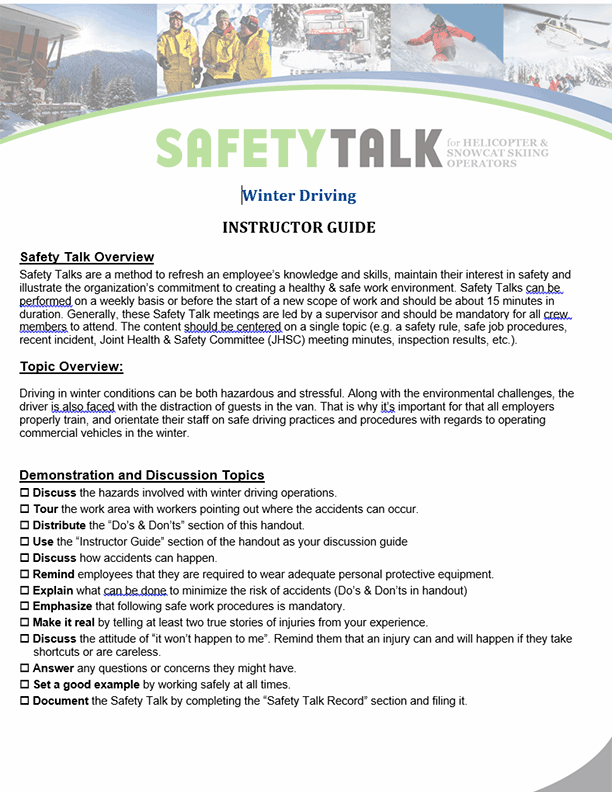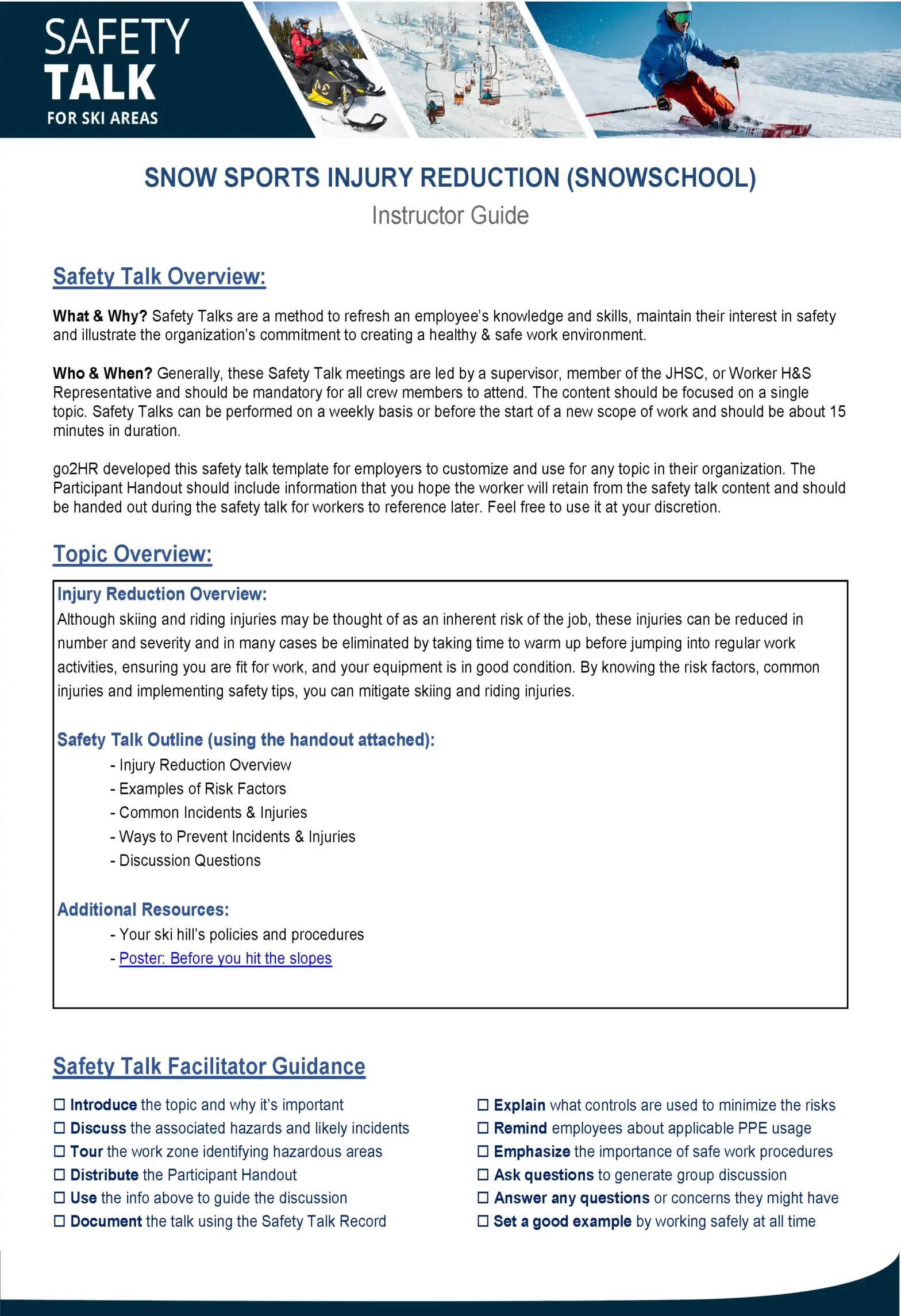April 6, 2023
This flu season, it is likely that flu viruses and the virus that causes COVID-19 will both spread, adding to the ongoing challenges that we are already facing. Therefore, it’s more important than ever to do everything possible to reduce the spread of sickness throughout our staff teams and patrons.
When it comes to the workplace, there are several things that employers and workers can do to help protect themselves and others against flu. Here are some tips to help you prevent the spread of flu in your workplace.
- Vaccines are available for both types of illnesses. Encourage your employees to get a seasonal flu vaccine as well as participate in the Covid-19 vaccine program. Provide information so that your employees know where they can get a vaccine in their community and be particularly mindful of employees who may be at high risk of serious flu complications, such as pregnant women or those with a chronic medical condition.
- Review your sick leave policies and remind staff that they must stay at home if they have flu-like symptoms, without fear of any reprisals.
- If a member of staff starts to feel ill while at work, they should be asked to go home immediately. Separate them from other workers and make arrangements for them to go home. If you have a protocol for COVID-19 symptomatic worker transport, follow that procedure. Regardless if they have COVID-19 or any other contagious illness, it is best to remove them from the work site so it doesn’t infiltrate your staff pool.
- Symptomatic workers should be encouraged to take the BC Self-Assessment Tool or call 8-1-1 to talk to a health care professional and receive guidance on whether or not to visit a COVID-19 testing center, self-isolate, or self-monitor and when they are cleared to interact with others. These are public health measures to reduce the spread of COVID-19 within our communities. If the infected individual is experiencing any life-threatening symptoms such as severe difficulty breathing, chest pain, or losing consciousness, they should call 9-1-1 and seek medical attention immediately.
- Clean and disinfect all surfaces and objects regularly. Pay particular attention to any surfaces and objects that many people touch throughout the day including door handles and handrails, elevator buttons and light switches.
- Consider extending flexible work policies that allow workers to continue working remotely and other policies that allow workers to stay at home to care for sick family members or to care for children, should schools close.
- Provide resources and training within your workplace to promote preventative actions that will help to reduce the spread of flu. This may include providing tissues, foot operated garbage cans, sensor operated hand soap, disposable paper towels and hand sanitizer.
- Display information in your workplace to remind workers about flu and to encourage respiratory etiquette and hand hygiene. This includes educating workers about covering coughs and sneezes with tissues, thorough hand washing and regular use of alcohol-based hand sanitizer. In addition, avoid touching the eyes, nose and mouth.
- Take sensible precautions to help reduce the spread of flu, such as avoiding close contact with people who may be sick. If you are sick, limit contact with others to prevent infecting them.
In the context of the COVID-19 pandemic, different regional health authorities may recommend additional precautions be taken within your particular community or workplace. Be sure to follow these instructions.
Here are some further resources about influenza, including leaflets and posters for your workplace:
- Facts about Influenza
- Protect Yourself and Others from Influenza Leaflet
- Protect Yourself and Others from Influenza Poster
- Cleaning Hands with an Alcohol Based Sanitizer Poster
- Canadian Centre for Occupational Health and Safety (CCOHS) Prevent the Spread Poster
- BC Centre for Disease Control Influenza Information
- WorkSafeBC Influenza Information
- Canadian Centre for Occupational Health and Safety (CCOHS) Flu and Infectious Disease Outbreaks Business Continuity Plan



